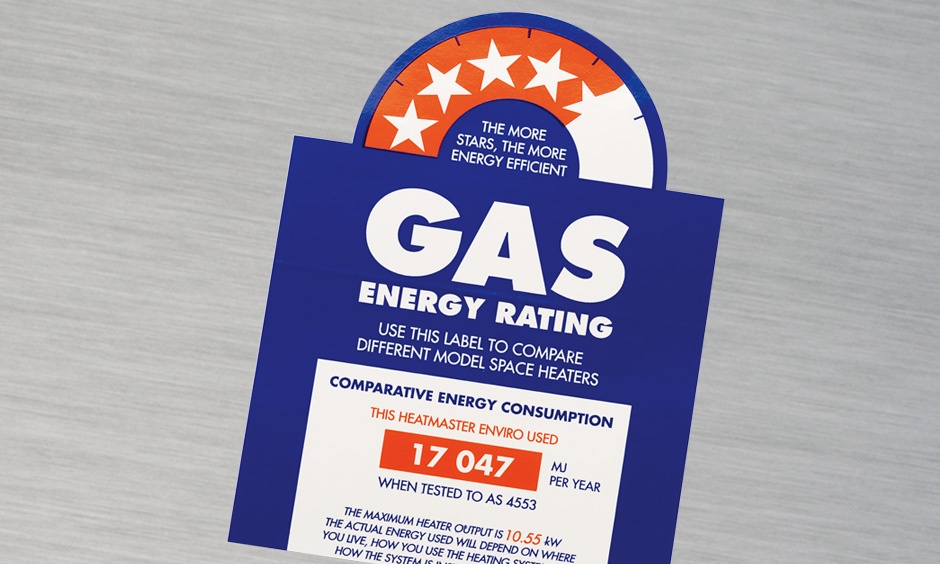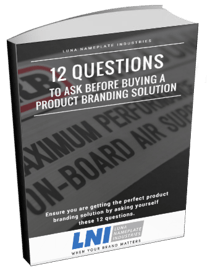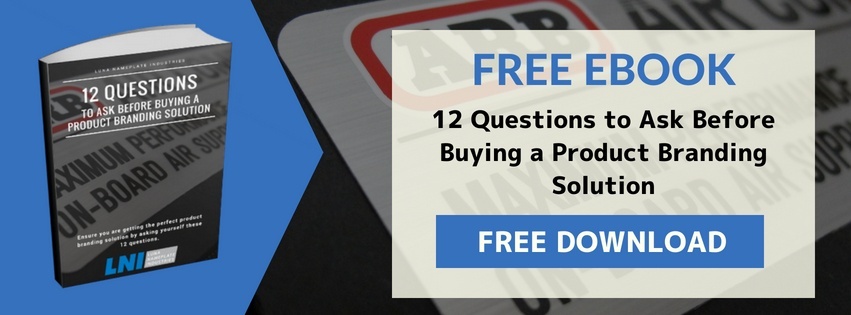
Top 3 Reasons Why Labels Fail To Meet The Mark
I have recently been talking to a customer of ours who previously struggled to find a label that was effective at its job. Labels are an effective way of portraying important information as well as providing free advertising for your brand for years to come.
This got me thinking of the top reasons why a label may fail to meet the mark, which I share with you below so that you don’t have to make the same mistakes that others do.


1. An improper adhesive is used
Whatever the purpose of a label may be, it will be required to last a long time. If the label is meant to provide specific product safety information, show your brand off or even a mixture of both, it is important to use an adhesive that will last for as long as the product that it will be applied.
Take outdoor furniture for example. This usually lasts for many years and is positioned out in the elements. When a friend compliments the owner on their outdoor furniture and asks where they got it, it’s no good if they check a piece of the furniture only to find that all the labels, and therefore branding, have been lost. A quality label with a strong and element-proof adhesive would prevent this and allow for your brand to be shown off for years to come.
The type of adhesive will change depending on the environment the label will be used in as well as the type of surface it will be adhered to. Therefore, speaking to a professional can help to ensure your label will last.
2. Fading
As already mentioned, some labels are required to last many years, depending on their purpose and where they are placed. After reading the last point, you have already sorted out which type of adhesive you need to use to make it last, however, you forgot about using high-quality material, long-lasting ink and a protective coating. So, when our outdoor furniture aficionado checks where they got furniture from, they may find the label but there is nothing left on it. Years of exposure to the elements led to the labels fading. This fading can be dangerous in situations where important safety information is portrayed on the label such as in a factory with heavy machinery.
Talk to a labelling professional to ensure the right label that can resist fading can be made to your needs.
3. The content is ineffective
All labels should have a purpose, and they will be ineffective if you miss the mark with the content that is printed on the label.
Taking it back to our furniture example, you managed to find a label that is both resistant to fading and continues to be stuck on the furniture after a long time. This time, however, the owner finds the label, but your brand is nowhere to be seen. The only thing they can find is dimensions and manufacturing details.
Make sure you think about all the possible content that can be placed on a label to make the right decision. Perhaps some form of branding should be on all labels, even if they are purely to provide important safety or compliance information.
Of course, the furniture industry is not the only industry this applies to as examples could have been taken from a range of different end users.
When thinking about your next label, make sure to take the above three reasons for possible failure into account to ensure that you receive a high-quality label that meets its purpose.
Contact the specialists
Contact us today, request a quote or request a sample, LNI is here to help with any tricky labelling requirement you may have.
.svg)






